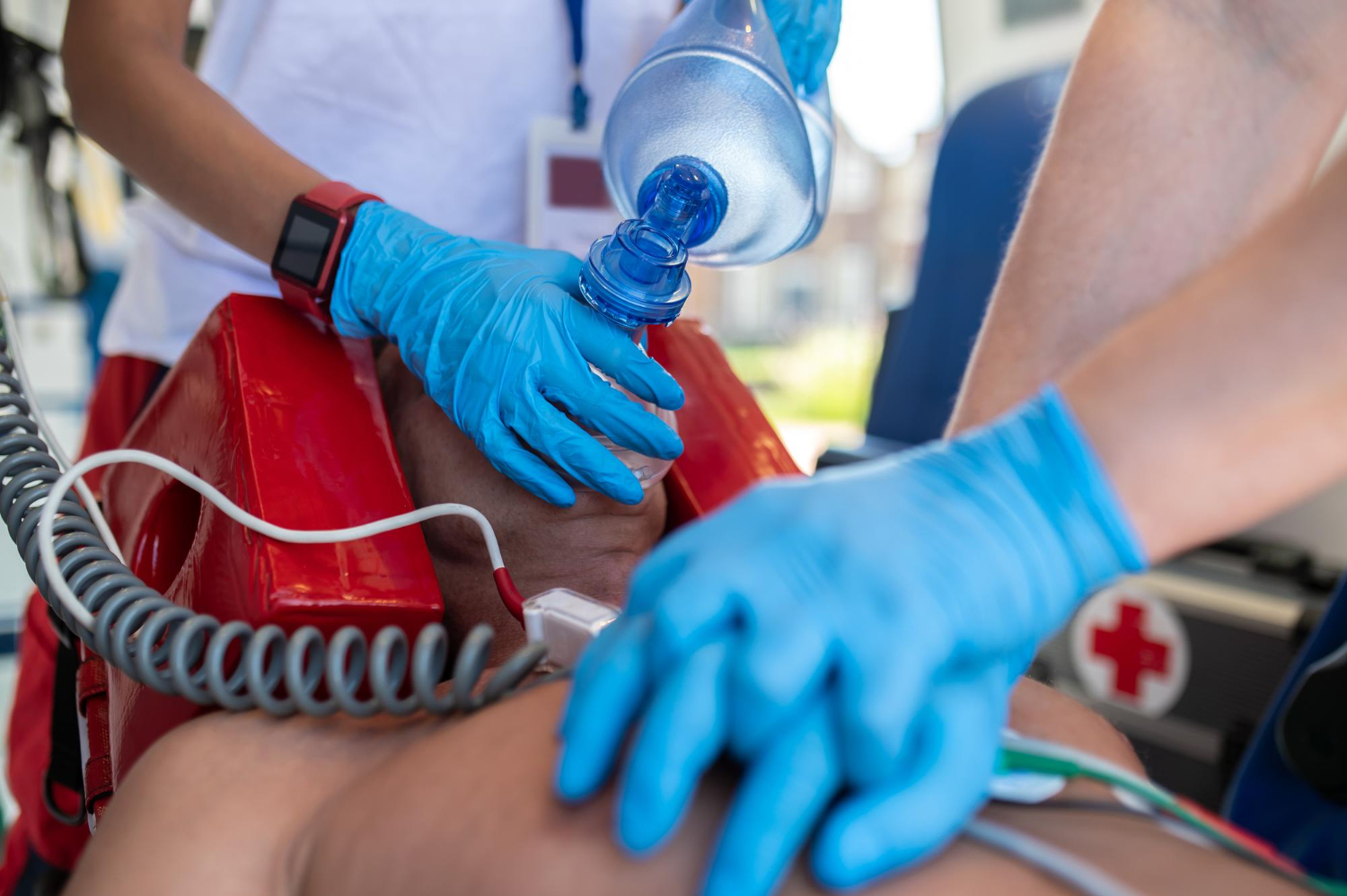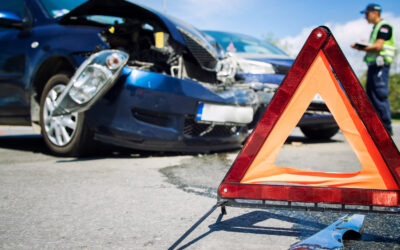If you’re considering a career as an EMT, you likely know that there’s an EMT certification requirement. Should you take your career to the next level and become a paramedic, there’s additional licensure.
The certifications are there to help ensure that you’re ready to respond to patients with critical care in an emergency or trauma situation. Now, nothing can prepare you for every challenge you might face in the real world, but you’ll review many basic trauma assessment scenarios in training to help you build up your experience. Let’s explore a few of the most common emergency scenarios.
The EMT Certification Process: Where Practice Makes Perfect
What does it take to become an EMT? The certification process involves a combination of classroom instruction, laboratory exercises, and hands-on clinical rotations. Before you’re ready to help save lives, you’ll need to run through practice scenarios.
These simulated emergencies aren’t just an important part of certification—they help you build up your readiness. You get to apply that study knowledge in a controlled but realistic environment so you can strengthen your muscle memory. Your responses should become almost automatic, especially because there’s less time to think in an emergency.
EMT trauma assessment scenarios usually include actors who portray patients with specific types of injuries or illnesses. You get a hands-on chance to apply your knowledge. Your job (under the supervision of your instructor and fellow trainees) is to assess the situation, perform a medical assessment, and initiate the appropriate treatment following EMT protocols.
Sounds challenging? It can be. There’s no room for error in real-life situations, so there’s a lot of practice before the rubber hits the road.
Paramedic licensing takes the training to the next level. The process to become a paramedic includes about six months of classroom instruction, a few months of clinical rotations in an emergency department, and anywhere from 480-720 hours of an internship period with a 911 ambulance.
Just like the EMT certification, practice is a vital component. Practice scenarios help you build your skillset and proficiency. They help you stay calm and tap into that knowledge when you face emergencies as a first responder.
EMT Medical Assessment Scenarios: Trauma in Focus
The actual scenarios you’ll explore in your EMT or paramedic training will vary. Many programs delve into different situations and explore an array of scenarios. Trauma assessments are particularly significant, as they’re a big part of what you’ll face as a first responder.
Trauma happens due to falls, accidents, motor vehicle crashes, assaults, and many other situations. As an EMT, your job will be to quickly and effectively identify and manage life-threatening injuries (while keeping a cool head).
Here are several examples of basic EMT trauma assessment scenarios you may encounter during your training.
Scenario 1: Motorcycle Accident
You arrive at the scene of a motorcycle accident, where the rider is lying on the ground, unconscious but wearing a helmet. You will need to assess the patient for potential spinal cord injuries by performing a primary survey, including checking for responsiveness, breathing, circulation, and bleeding.
Response Steps:
- Ensure scene safety.
- Follow cervical spine (C-spine) precautions due to the potential for spinal injuries.
- Open the airway and check for breathing.
- Check for pulse and signs of circulation.
- Control any life-threatening bleeding.
- Apply a C-collar and carefully move the patient onto a backboard for transport.
Scenario 2: Construction Site Fall
A construction worker falls from scaffolding. They are conscious and complaining of severe leg pain. You need to assess them for broken bones and internal injuries.
Response Steps:
- Confirm responsiveness and check vital signs.
- Gently examine the patient’s leg for deformity, swelling, or tenderness.
- Immobilize the leg with a splint, to minimize movement, pain, and additional injury.
- Administer oxygen if needed.
- Closely monitor the patient for signs of shock.
- Prepare patient for transport.
Scenario 3: Pedestrian Struck by a Car
A pedestrian has been struck by a car. They are bleeding from the head. You need to control the bleeding and assess for a head injury.
Response Steps:
- Apply direct pressure to control the bleeding from the head wound.
- Assess the level of consciousness and responsiveness. Look for signs of confusion, disorientation, or seizures, which could indicate a severe head injury.
- Maintain a clear airway and monitor vital signs.
- Minimize movement of the head and neck to prevent further injury.
These are just a few examples of trauma practice scenarios you may encounter in a training program. Of course, the scenarios may be different in each program, but it’s important to understand the core principles and steps of trauma assessment. Practicing your response will help build your skills so you’ll be ready to handle any real-world emergencies with confidence and efficiency.
Emergency Response Practice is Crucial
Practice is important for any job, but it’s especially crucial when that job may save a life. Don’t be afraid to speak up, ask questions, or clarify any doubts. Your instructors are there to guide you and help ensure you’re on the right track. The more you practice, the more comfortable and competent you’ll become.
By actively studying and engaging in practice scenarios, you’ll master the basic trauma assessment skills and be well on your way to becoming a certified EMT or licensed paramedic. You will make a real difference in people’s lives during their most critical moments.
The sense of accomplishment that comes with mastery of emergency response skills is unparalleled—it’s a testament to your dedication and hard work. The old phrase, “How do you get to Carnegie Hall? Practice,” holds true with medical professionals as well. During moments of crisis, we fall back on our muscle memory, built into our brain through practice.
At LogRx, we’re here to help make emergency response easier and more efficient. LogRx is a simple way to log and track the dispensing of controlled substances. It works seamlessly from your handheld device—scan and track quickly and accurately.
Logging medications and tracking inventory on a paper log adds one more thing to the stress of an emergency situation. Make it simple and stay compliant with LogRx. Administrators can run reports and assess inventory at a glance. It’s one more way to make sure your team is fully prepared for any trauma scenario they encounter on the job.






